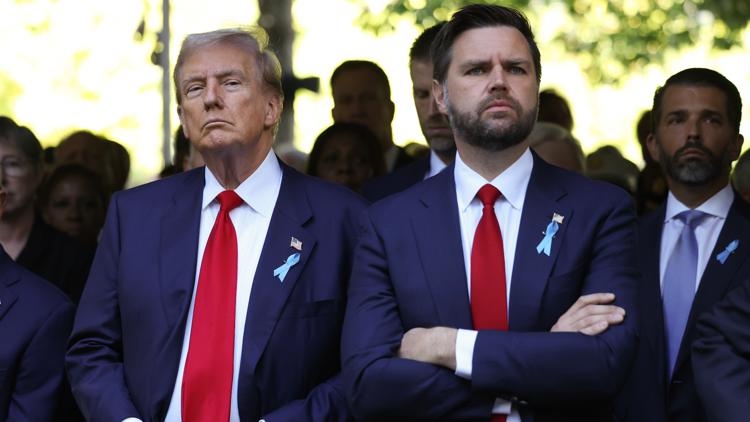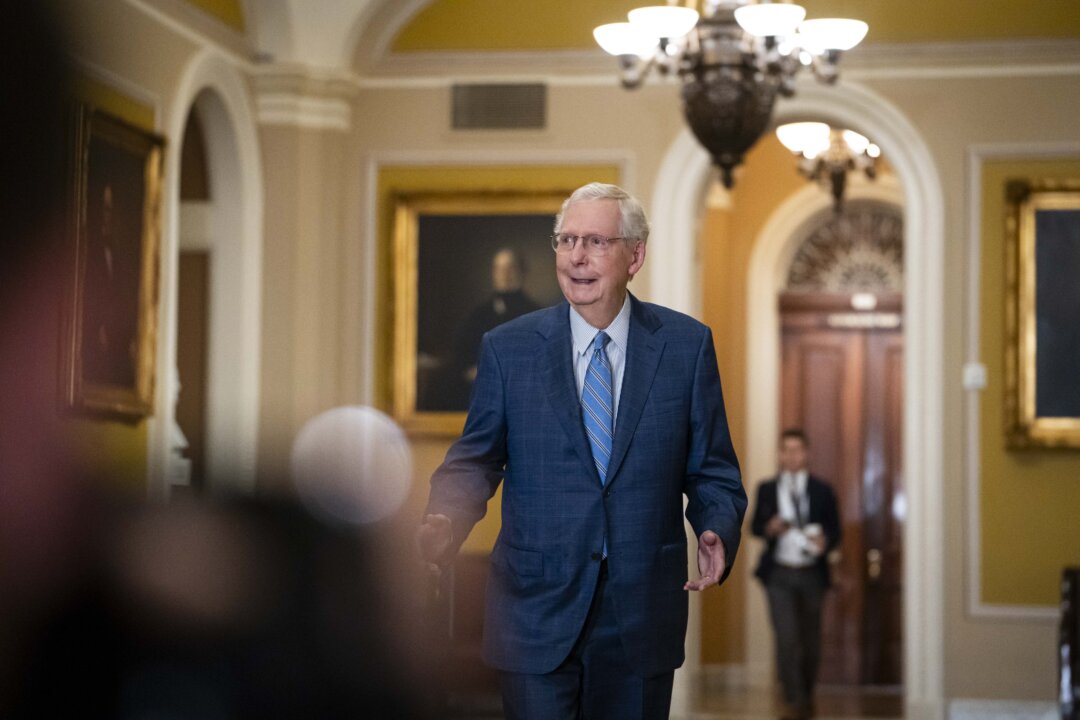
Scholars will be scrutinizing the 2024 U.S. election for years to come, but a driving factor behind the re-election of Donald Trump and Republican victories in the House and Senate was undoubtedly voter dissatisfaction with the economy and the impact of inflation on the affordability of day-to-day life.
Once-and-future president Trump has made a host of promises to address such concerns. But while extending tax cuts will almost certainly win him fans, tariffs are more likely to burden the economy and increase the cost of living. When one swing state after another turned Republican red on Nov.
5, Annie Lowrey noted in The Atlantic that “Donald Trump is heading back to the White House. He has inflation to thank.” Americans repeatedly told pollsters the economy and inflation were at or near the top of their concerns.
Two years after U.S. inflation peaked at 9.
1 per cent in June 2022, the issue stayed front and centre for the public. In mid-October, 69 per cent of those surveyed told Ipsos that , “The next president should focus on the cost of living.” Allowing people to keep more of the money they earn is certainly one way to make bills easier to pay.
That means an extension of the provisions of the Tax Cuts and Jobs Act , which was passed in 2017 during Trump’s first term, is close to a sure thing . Many of the personal and business tax cuts in that law expire next year , so keeping them in place will be an early item on the incoming congressional to-do list. But extending tax cuts widens the gap between what the U.
S. government collects and what it spends. Those books haven’t been balanced in decades and the federal budget deficit totalled US$1.
8 trillion (C$2.6 trillion) for fiscal year 2024. Some of Trump’s more ambitious proposals — such as exempting tips, overtime and Social Security from taxes — require persuading Congress’ remaining deficit hawks that spending will be slashed to match.
That’s an early test for the new Department of Government Efficiency , helmed by Elon Musk and Vivek Ramaswamy, which Trump hopes will “dismantle government bureaucracy” and “cut wasteful expenditures,” but will only have advisory power. Hopefully, they can succeed where lawmakers have failed. As big a concern, though, is that Trump won some support with promises to hike tariffs on foreign goods.
“As far as I’m concerned, President Trump saved the American steel industry by imposing tariffs on Chinese steel,” Jason Zugai, of Local 2227 of the United Steelworkers union, said in October as he endorsed Trump’s effort to return to the White House. Trump’s plan for broad tariffs, including a 10-20 per cent tariff on all imports and at least a 60 per cent tariff on Chinese imports, is supposed to simultaneously encourage companies to move manufacturing back to the United States and raise money to offset revenue reductions from tax cuts. That’s a lot to ask of a crude economic instrument that’s viewed with skepticism by most economists.
Last week, the Tax Foundation’s Erica York looked at multiple assessments of Trump’s tax proposals. What York found isn’t good news for Americans who are concerned that living costs are too high and that the economy is moving in the wrong direction. York noted that at least a dozen analyses of the tariff proposals “show they will have a harmful effect on the American economy, supporting the standard view among economists that tariffs reduce trade and distort production, leading to lower standards of living.
” Among the problems economists note with tariffs is that, when they’re put into place to protect domestic businesses from foreign competition, they do exactly that with a vengeance. By raising the cost of goods sourced in other countries, they shield companies that are less efficient from incentives to control costs and improve productivity. That means higher costs for consumers and domestic industries that may lose the ability to operate in a truly free market.
Broad “tariffs could have an inflationary impact or cause an economic downturn in the short run,” added York. Not only do domestic companies lose ground, as does consumer purchasing power, but the whole economy shrinks as a result. Like everything else in government, trade barriers lend themselves to politicization.
“Evidence points to politicians not only rewarding supporters, but also punishing opponents” with tariff impositions and exemptions, read an academic paper published last year. Of course, countries whose exports are subject to high U.S.
tariffs are prone to retaliate with levies on American goods. According to York, economic analyses of trade disputes during Trump’s first term found they reduced real output by between 0.2 and 0.
7 per cent. Looking forward, economists expect significant harm to prosperity if Trump carries through on plans to impose high tariffs. Even without retaliation, GDP is expected to shrink by as much as 1.
5 per cent, as tariffs reduce productivity and purchasing power. The effects could easily double due to the inevitable retaliation from trading partners, including but not limited to China. America’s trading partners will undoubtedly feel bound to respond with tariffs of their own, but they’ll also suffer due to the trade barriers.
Everybody will be poorer as costs rise and productivity drops. Offsetting reductions from income tax revenue with tariffs poses a daunting challenge. Kimberly Clausing and Maurice Obstfeld of the Peterson Institute for International Economics pointed out that , “The U.
S. government raises about $2 trillion in individual and corporate income taxes at present.” They estimated that “revenues from Trump’s 10 per cent/60 per cent tariff proposals would total about $225 billion per year in current dollars.
” But that tariff yield is on the high side since a trade war would reduce economic activity and result in less money collected, they added. Could some tax cuts be replaced by tariffs? Maybe. But the more aggressive the effort, the more damage to economic growth.
How could tax cuts be offset? Well, the Congressional Budget Office says federal revenues increased by $479 billion last year, but outlays rose by $617 billion. The U.S.
government has a serious spending problem. It keeps writing cheques for more than it takes in. Spending less would offset any tax cuts.
That’s where Musk and Ramaswamy might do some real good. If they can reduce the size and cost of the federal government, the books could be balanced even with extended tax cuts. That would leave even less excuse for high tariffs that threaten to do real economic harm.
Americans want a healthy economy and affordable prices. That requires giving up on protectionist fantasies and demanding soon-to-be president Trump pair tax cuts with a smaller, cheaper government. National Post.














